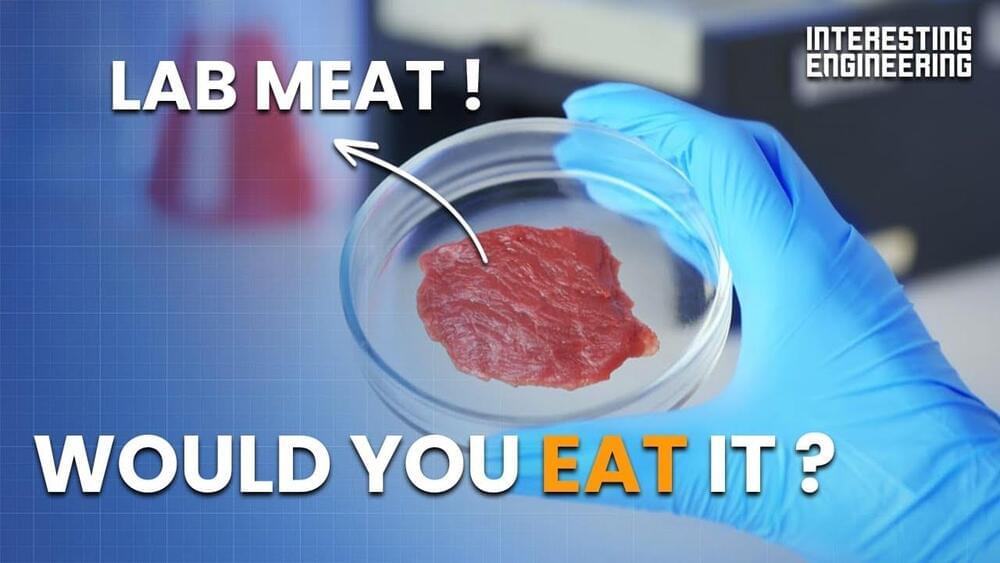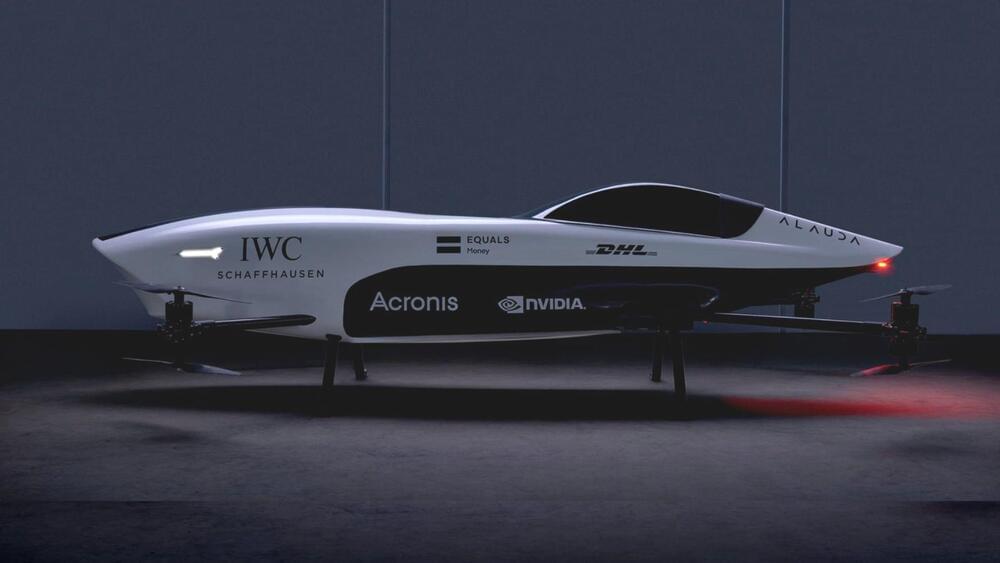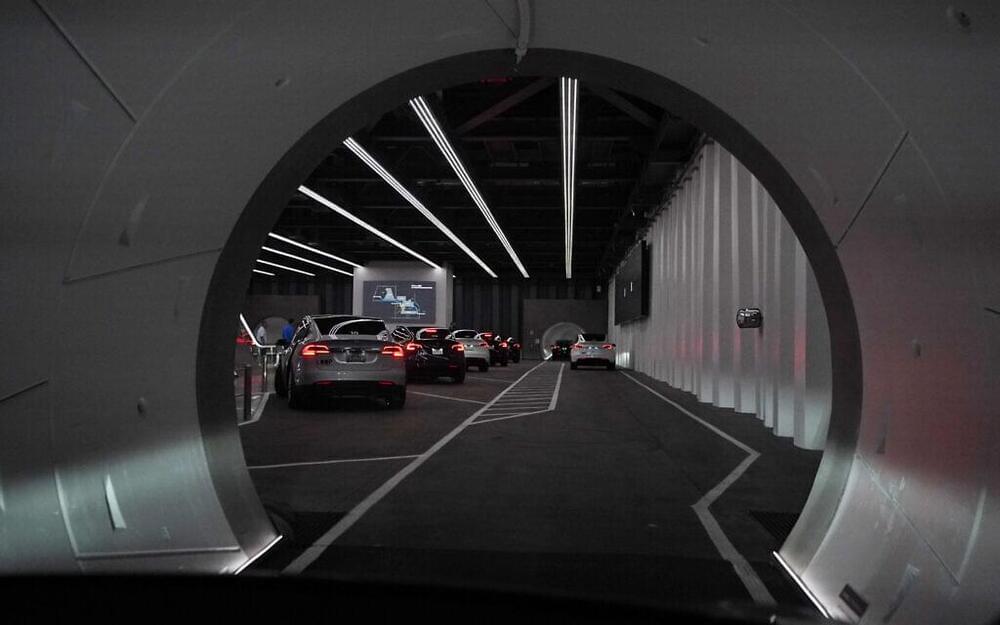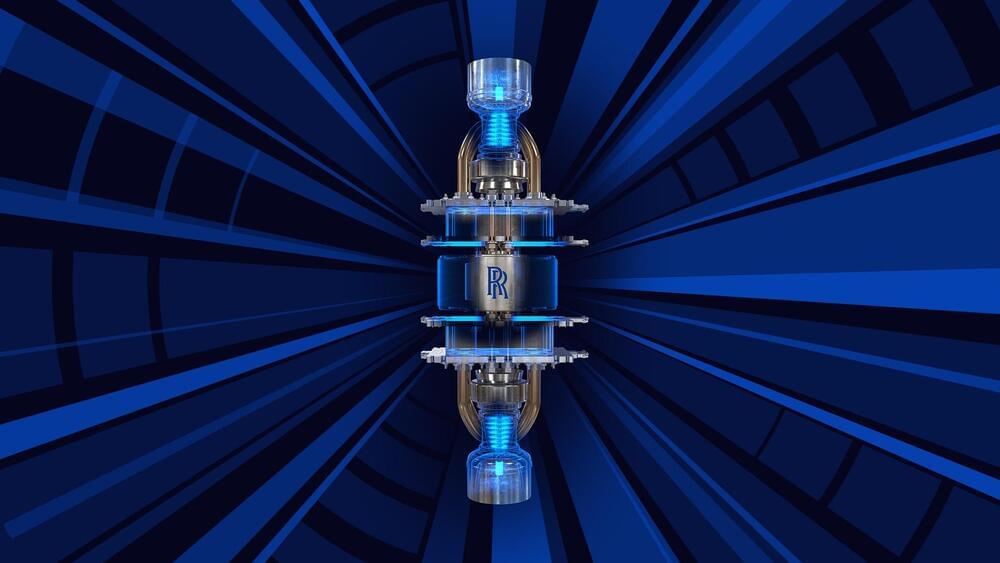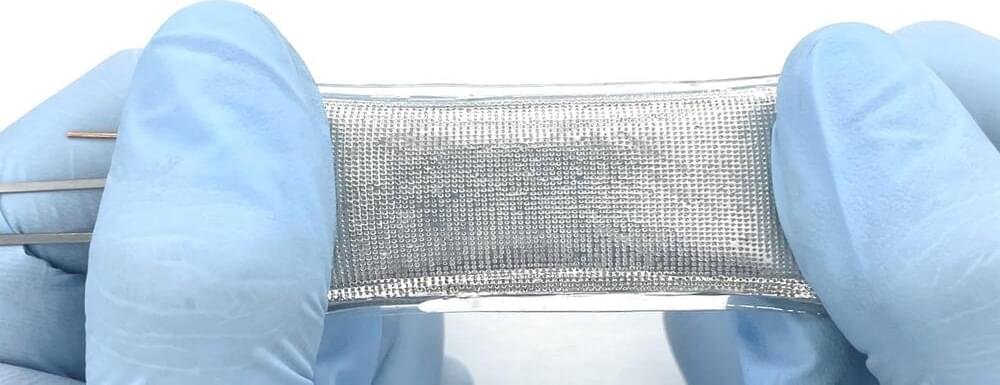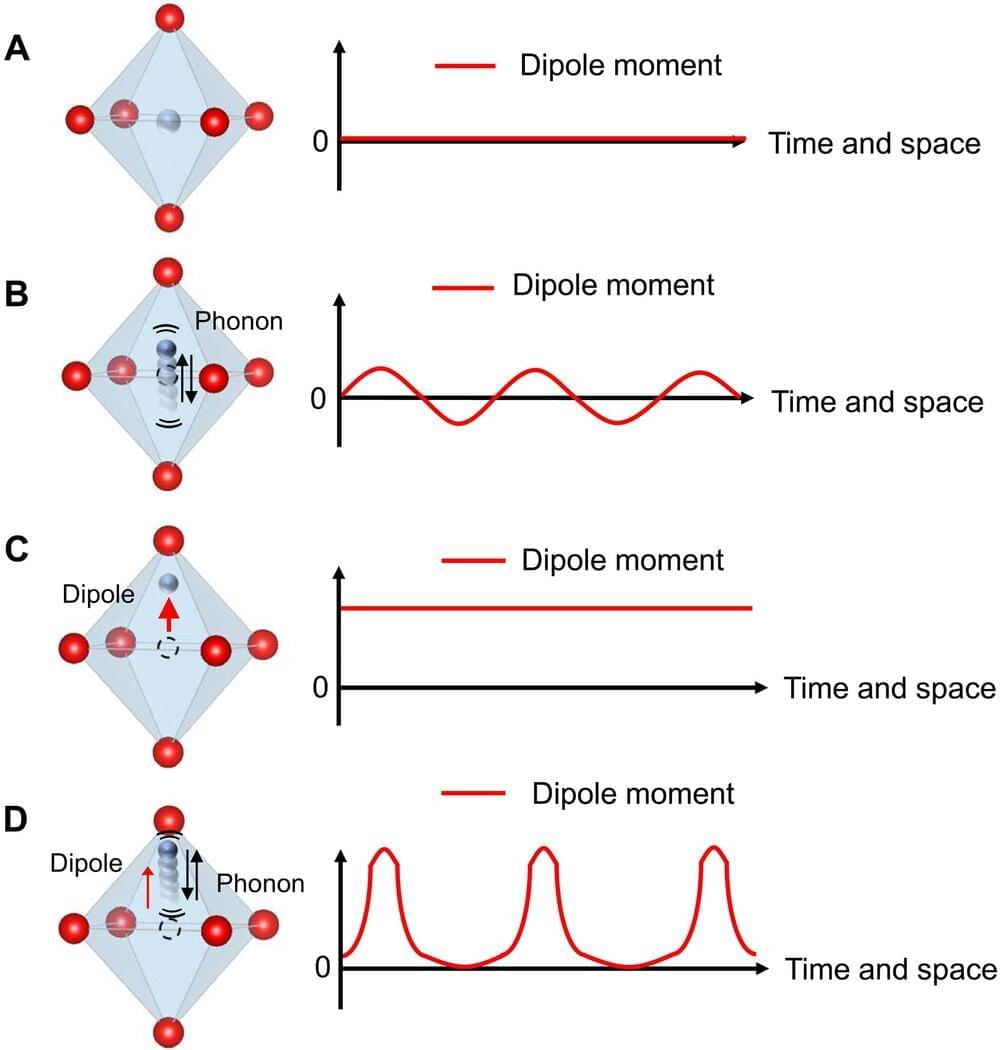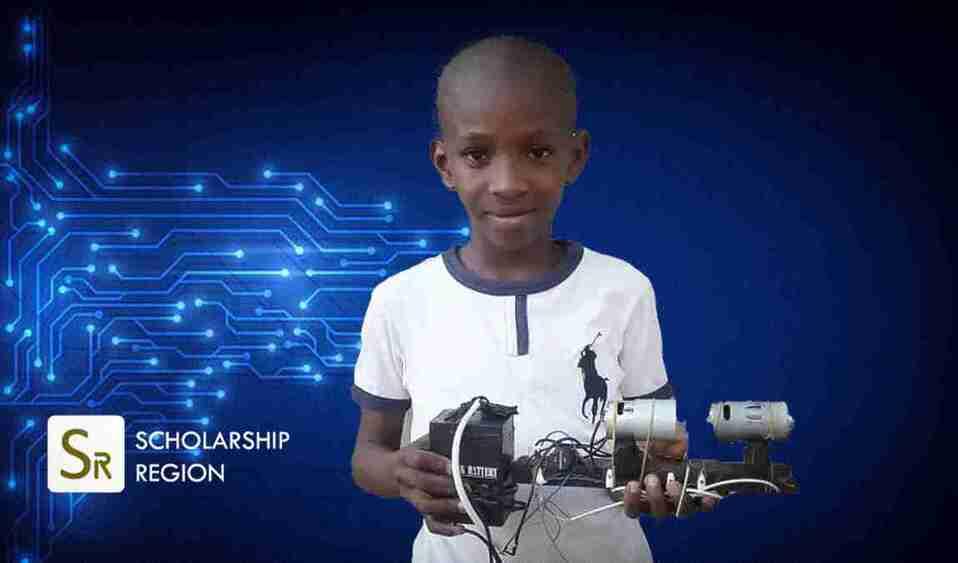I will gladly pay you Tuesday for a hamburger today.
After a long day, you are finally at your favorite restaurant and you order the burger you have been dreaming of the whole time. The burger is gone within minutes, or seconds depending on your appetite. You call the waiter to send compliments to the chef for that delicious burger but are surprised to learn that your burger’s meat has been grown in a laboratory. How would you feel about eating lab-grown meat? Would you even care or does this scenario not make sense because you would have understood in the first bite that you are not eating “real meat”? What is lab-grown meat, anyway?
Lab-grown meat is made from animal cells, so technically, it is real meat. We can even say that cultured meat is more genuine than a plant-based one. When you consider the rapidly growing world population, resources spent on breeding the animals don’t seem sustainable in the long run at all. With all things considered, lab-grown meat might be the safest and most sustainable option for our future and might become a big part of our lives. In fact, even now, world-leading scientists and entrepreneurs are investing in lab-grown meat research to make it both affordable and delicious.
Even though it may feel a little unconventional at first, laboratory-grown meat can be the key to sustainability and meeting the meat demand without disturbing the natural balance. If you are skeptical about meat made in the laboratory and want to know how lab-grown meat is made, this video can answer all your questions!
To get the latest science and technology news, subscribe to our newsletter “The Blueprint” at https://bit.ly/3BDdN5e.
